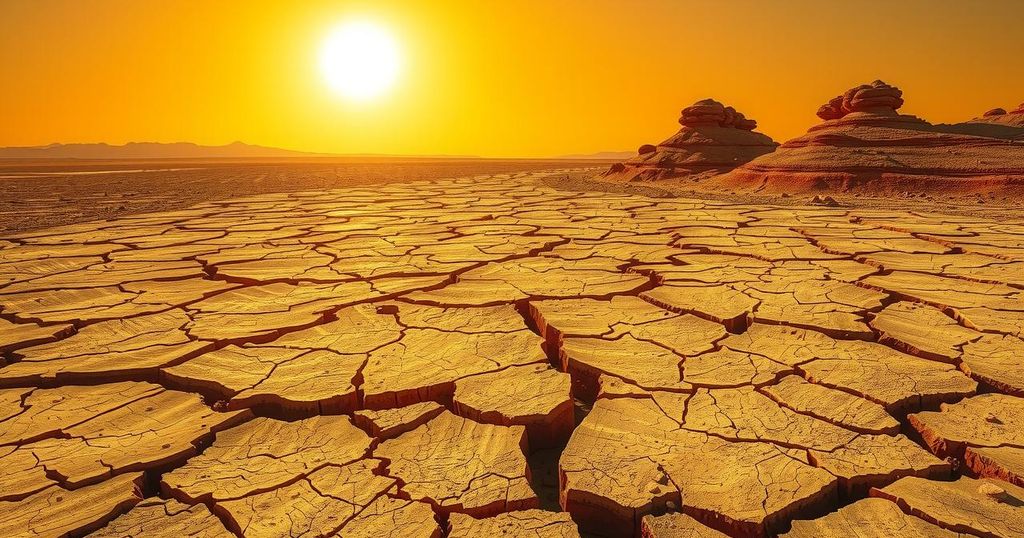India’s Preparedness for an Extremely Hot Summer Ahead

India is preparing for a hot summer in 2025, with the IMD forecasting an above-normal number of heatwave days, particularly affecting vulnerable populations. Past patterns indicate a concerning trend in frequency and intensity of heatwaves. Although multiple states have set up heat action plans, their implementation is lacking, necessitating a shift towards more comprehensive climate adaptation strategies.
As the summer of 2025 approaches, the India Meteorological Department (IMD) predicts an intense season with an elevated number of heatwave days across the country. Recent trends indicate that heatwaves are becoming more frequent and impactful, especially for vulnerable populations, leading to serious health and economic consequences. Although some regions have developed heat action plans, their implementation is often lacking, preventing effective management of these extreme conditions.
The IMD’s forecast suggests significant heatwave days from April to June, particularly affecting northern, central, and eastern India. Only specific areas such as parts of the extreme south and Northeast, as well as Jammu & Kashmir, are likely to experience milder temperatures. Historically, states like Rajasthan and Uttar Pradesh face the greatest impacts, with last year seeing 23 and 32 heatwave days respectively, far exceeding normal projections.
The summer of 2024 marked a severe heat event, with 554 total heatwave days nationwide, the highest in 15 years. Notably, every state except Nagaland, Manipur, Mizoram, and Tripura experienced heatwave conditions; even Kerala faced six days of extreme heat. The year was recorded as the hottest on record for both India and the world; however, there’s no direct correlation between annual average temperatures and heatwave frequency.
Research shows a clear upward trend in the incidence and intensity of heatwaves over the past seven decades, with heatwaves increasing by three days per decade since 2000, especially in central, northwest, and southeast regions. Additionally, long-duration heatwaves lasting over a week are becoming more common, posing heightened risks to ecosystems, agriculture, and health. Instances of heatwave-like conditions in non-summer months underline the changing climate patterns.
The IMD provides timely alerts about heatwaves, typically five to seven days in advance, enabling larger-scale weather forecasts. However, despite the accuracy of these alerts, responses remain inadequate. While many local heat action plans exist, short-term measures like providing drinking water and shade are often prioritized over critical long-term solutions such as urban greening and water body restoration, which are key to combatting heat effectively.
Overall, the governments react primarily to immediate heatwave events rather than integrating preventative strategies into broader development initiatives. To effectively adapt to increasing heatwave occurrences, heat action plans must evolve from reactive measures to comprehensive strategies embedded within climate adaptation efforts.
India faces an exceptionally warm summer ahead, with heatwaves expected to impact various regions significantly. Despite the establishment of heat action plans, the lack of effective implementation poses challenges for effective management of heat-related health risks and economic consequences. Future strategies must focus on both immediate responses and long-term solutions to adequately address this growing climate challenge.
Original Source: indianexpress.com







